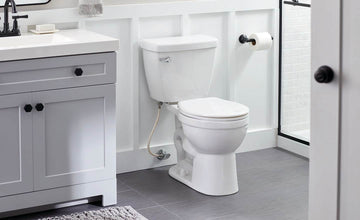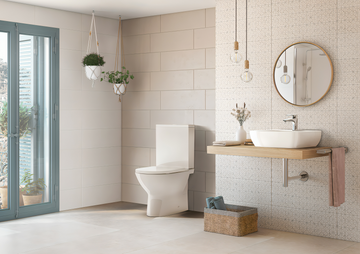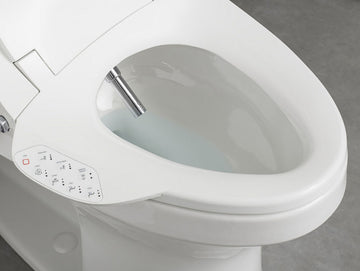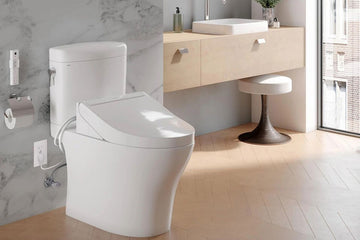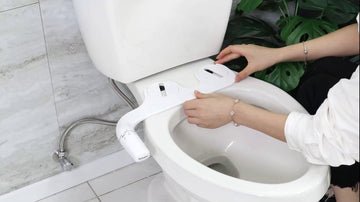When it comes to bathroom experiences, the future is not only promising but also remarkably exciting. In recent years, innovative toilet designs have taken a giant leap forward, bringing together technology, comfort, and sustainability. These designs are now capturing the attention of industry experts and enthusiasts alike. From smart toilets that offer app connectivity to eco-friendly options that conserve water, the world of toilets is evolving at a rapid pace. Whether you are a homeowner, a designer, or a quality assurance professional in the industry, understanding these trends is crucial.
The landscape of toilet technology has been transformed by the rise of smart features and eco-conscious designs. These advances are not only redefining traditional perceptions of the bathroom but are also setting new standards for sustainability and convenience. For those in the industry, staying abreast of these changes is key. This article delves into the most significant advancements in innovative toilet designs and how they are shaping the future of our bathrooms.
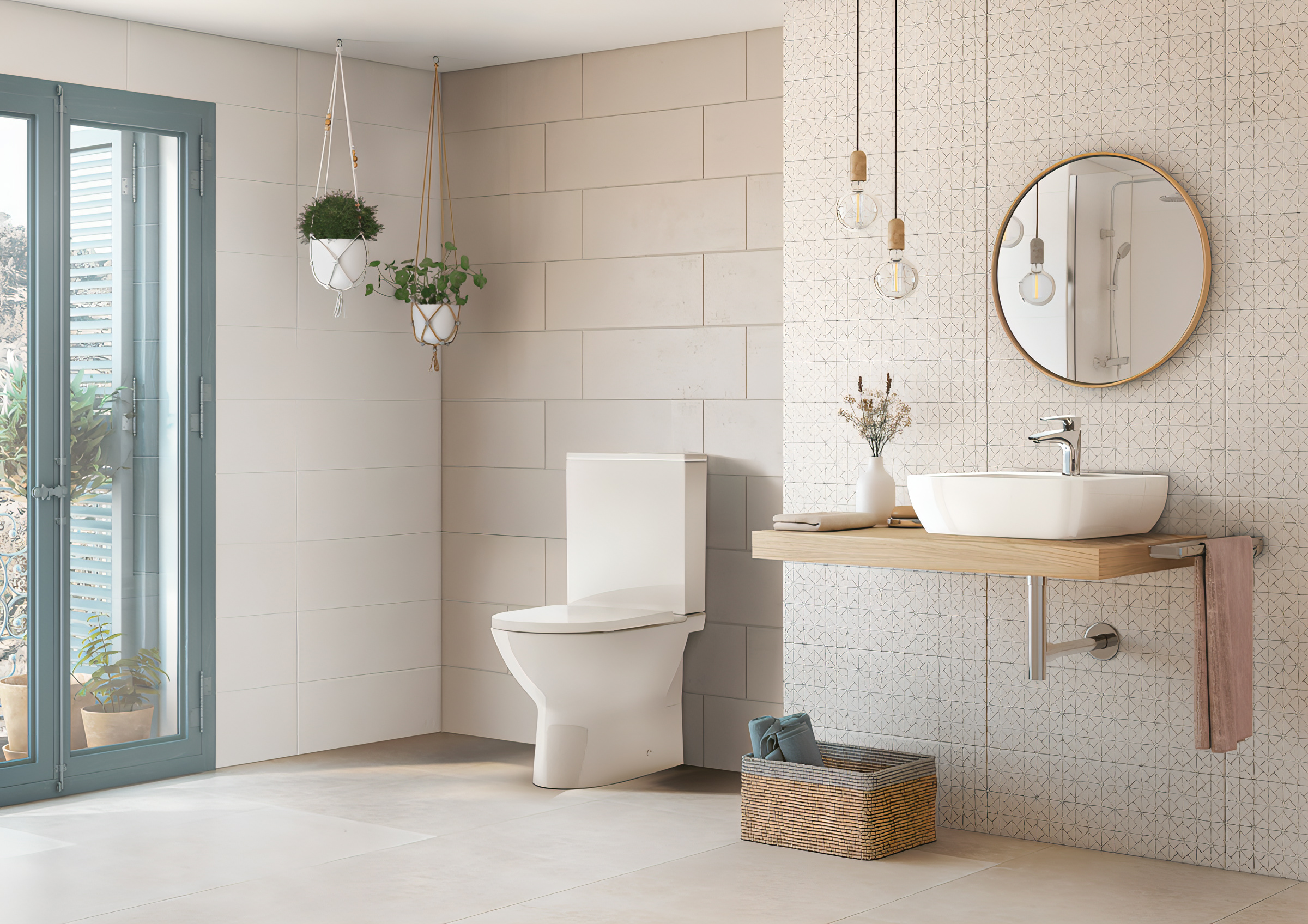
Smart Toilets: The Future of Bathroom Technology
One cannot discuss innovative toilet designs without highlighting the wave of smart toilets that have hit the market. Smart toilets are equipped with features that can be controlled via smartphone apps, allowing users to customize their bathroom experience. From adjusting the seat temperature to controlling water pressure and even playing music, these toilets offer a level of personalization that was previously unthinkable.
The trend of integrating technology into bathroom fixtures is gaining momentum. For example, companies like Toto and Kohler are at the forefront, offering toilets with built-in bidets, self-cleaning capabilities, and deodorizers. For industry QA professionals, the challenge lies in ensuring these features deliver consistent performance while maintaining safety standards. The article, What is a Smart Toilet?, offers insights into how these features work in harmony.
Eco-Friendly Innovations in Toilet Design
As environmental concerns continue to grow, the demand for eco-friendly toilet designs has surged. These toilets are designed to minimize water usage without compromising on performance. Dual-flush systems, for example, allow users to choose between a full or half flush, significantly reducing water consumption.
Moreover, composting toilets are gaining popularity for their ability to convert waste into compost, reducing the need for water altogether. Such innovations are not only beneficial for the environment but also cost-effective in the long run. For further reading on sustainable bathroom solutions, the piece on Innovative Toilet Technologies is highly recommended.
Design Aesthetics: Blending Style with Functionality
The modern bathroom is as much about aesthetics as it is about functionality. Contemporary innovative toilet designs emphasize sleek lines, minimalistic features, and high-tech materials. These designs not only enhance the visual appeal of the bathroom space but also offer practical benefits.
Wall-mounted toilets, for instance, save space and provide a modern look to the bathroom. Their design allows for easy cleaning and maintenance, attributes that are highly valued by both homeowners and industry professionals. For inspiration on modern toilet designs, the article Modern Toilet Innovations provides a comprehensive guide.
The Role of Technology in Public Restrooms
Public restrooms are also experiencing a revolution in design and functionality. Touchless technology, such as automatic flush systems and sensor-activated faucets, is becoming standard in many public bathrooms. These innovations not only improve hygiene but also enhance user convenience.
Additionally, smart technology is being employed to manage maintenance more efficiently. Sensors can alert maintenance staff when supplies are low or when cleaning is needed, ensuring that public restrooms remain in optimal condition. The article, Public Toilets: Technology and Accessibility, explores these advancements in detail.

FAQ Section
What are the benefits of smart toilets?
Smart toilets offer a range of benefits including enhanced comfort through customizable settings, improved hygiene with features like self-cleaning, and convenience through app connectivity. They also often come with eco-friendly features like water-saving flush systems.
How do eco-friendly toilets conserve water?
Eco-friendly toilets typically include dual-flush systems, which allow users to choose between a full or partial flush, thus saving water. Additionally, some designs are engineered to use less water per flush without sacrificing performance.
Are innovative toilet designs more expensive?
While the initial cost of innovative toilet designs can be higher than traditional models, they often provide long-term savings through reduced water usage and lower maintenance costs. The investment in technology and sustainability can lead to cost benefits over time.
In conclusion, innovative toilet designs are transforming the way we perceive and interact with bathroom spaces. From smart technology to eco-friendly solutions, these advancements not only promise a better user experience but also align with the growing demand for sustainable living. For industry professionals, understanding these trends is essential for staying competitive in a rapidly evolving market.
This article contains affiliate links. We may earn a commission at no extra cost to you.

